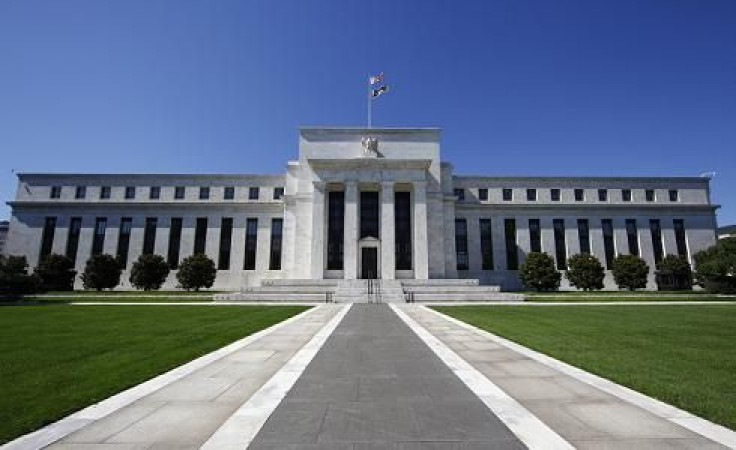Fed Beige Book: US Economy Growing At ‘Modest To Moderate Pace’

The U.S. economy continued to grow at a “modest to moderate pace,” the Federal Reserve said in its anecdotal Beige Book report Wednesday.
“Residential real estate and construction activity increased at a moderate to strong pace in all reporting districts,” the central bank said. “Manufacturing expanded in most districts since the previous report.”
Meanwhile, hiring activity was “measured,” and price pressure remained in check. Most of the Fed’s 12 districts reported increases in consumer spending and auto sales.
Fed Chairman Ben Bernanke told Congress on Wednesday that central bankers will be “responding to the data” as they decide when to start reducing their $85 billion-per-month pace of asset purchases.
In his Congressional testimony, Bernanke emphasized the need for a highly accommodative monetary policy "for the foreseeable future." This means a commitment to an expanded Fed balance sheet and a low fed funds rate for the next few years. However, asset purchases and an expansion of the Fed's balance sheet can't continue forever, and the pace of asset purchases is likely to be cut back "later this year" if job gains continue at the recent pace and inflation moves back closer to 2 percent.
Eight times per year, the Federal Reserve releases the Beige Book, a snapshot of business conditions in each of the Fed’s 12 regional bank districts. Although the findings are anecdotal and can be somewhat obscure, it has become an important part of the information discussed by the Federal Open Market Committee -- the Fed’s policy-setting body.
The Beige Book is updated two weeks before each FOMC meeting in Washington. That makes it relatively current compared with many other economic indicators, which can lag a month or more behind the period they report on. The policymakers are scheduled to meet July 30-31.
© Copyright IBTimes 2024. All rights reserved.












